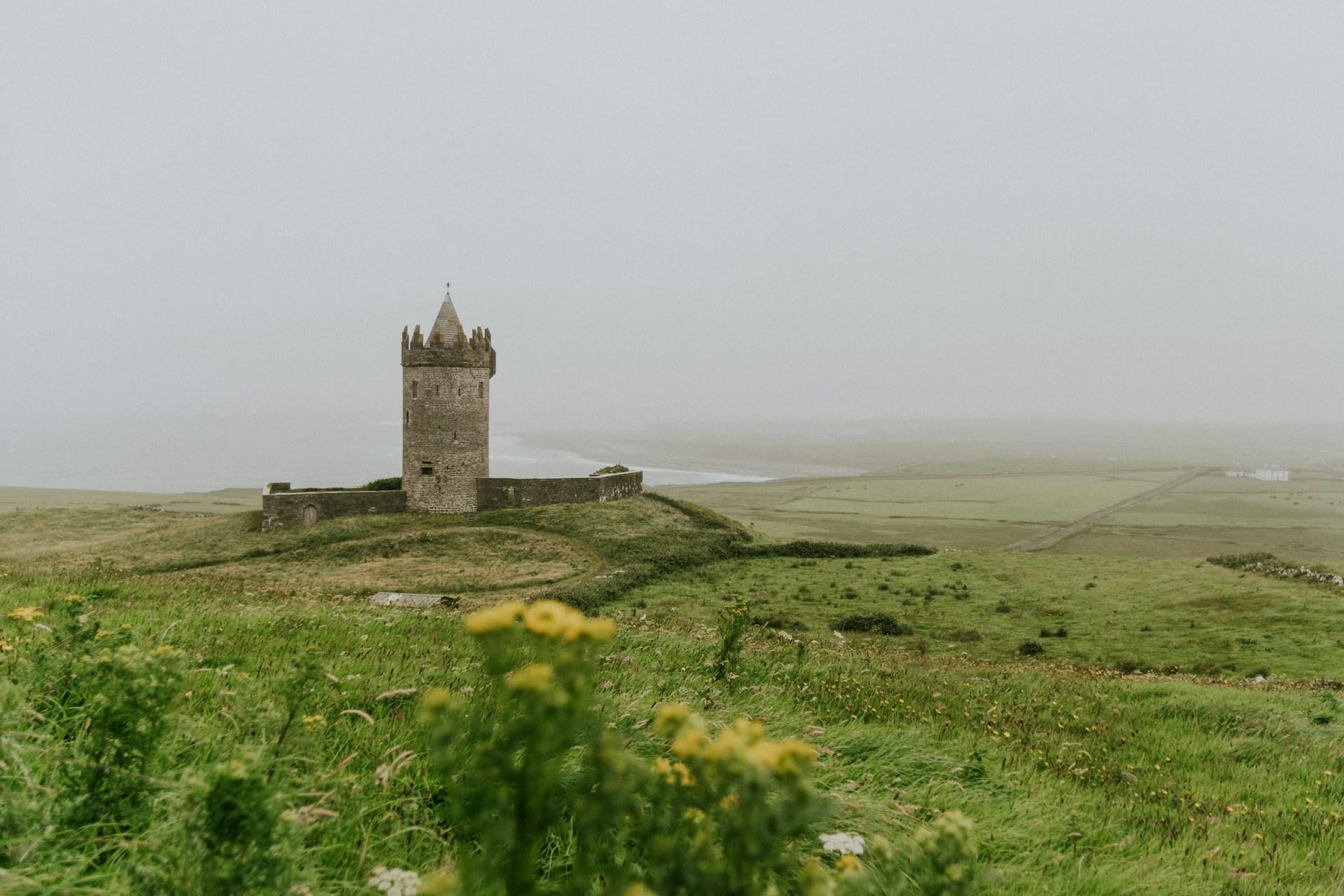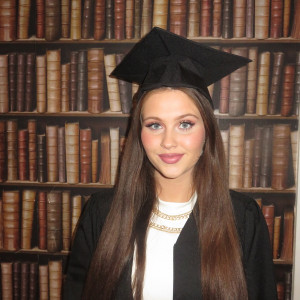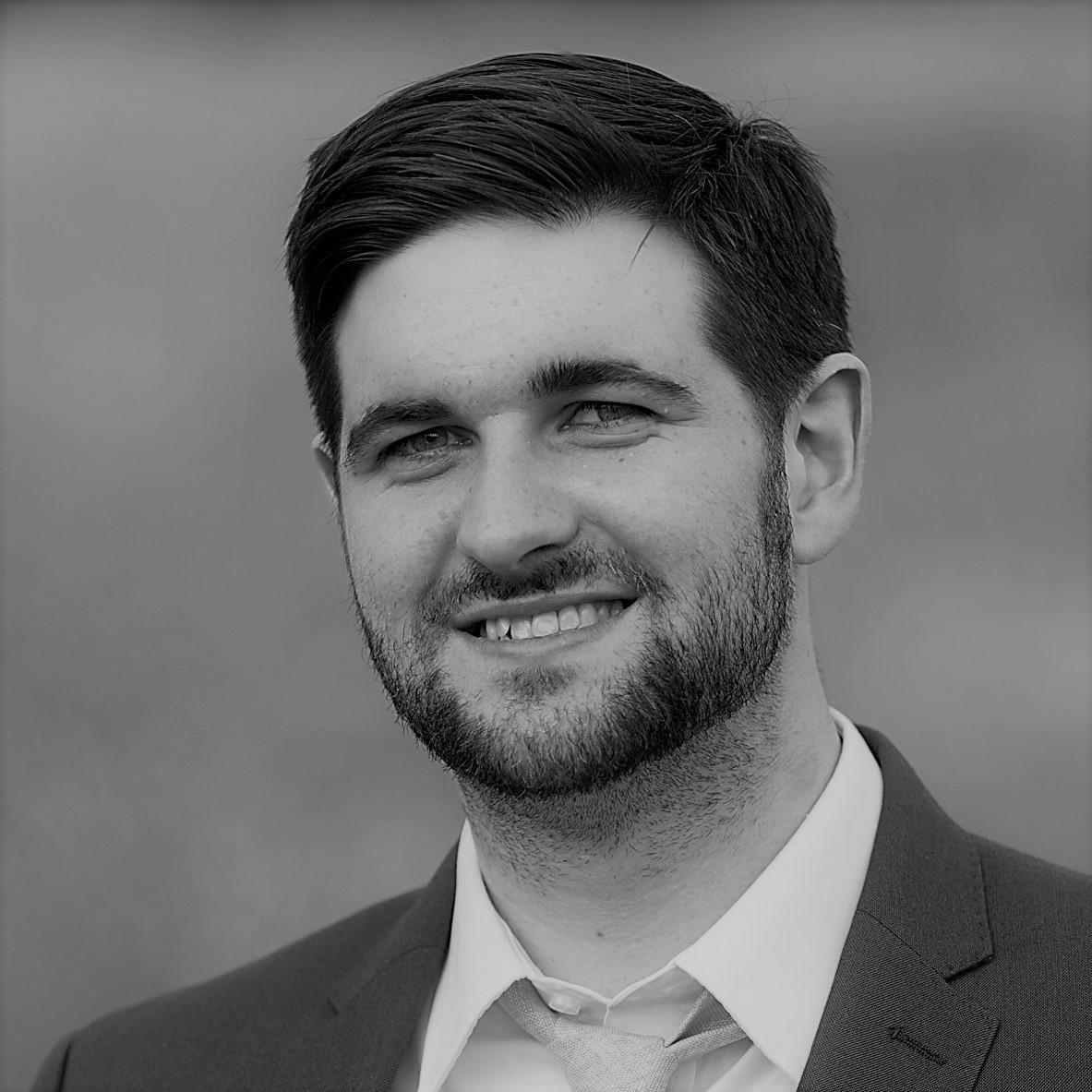For a small nation, Ireland has certainly produced plenty of famous actors, musicians, artists, painters, movements, dishes, and more.
Today, let's focus more on the most famous Irish people in history.

Saint Patrick (c. 385 – c. 461)
If you know anything about Ireland, you likely know that Saint Patrick is the country's Patron Saint.
In Catholicism and other parts of Christianity, a patron saint or heavenly protector is the heavenly representative of a place. In Ireland, this role falls to Saint Patrick.
The story of Saint Patrick blends Irish history and legend, and historians are still trying to unravel the man's life.
He was either born in Roman or sub-Roman Britain (after the fall of the Roman Empire) and is credited with bringing Christianity to Ireland.
It's suggested that he was British and was possibly born in England near Carlisle, Kilpatrick in Scotland, or Glamorgan in south Wales.
He's celebrated annually on 17 March, Saint Patrick's Day, which is by far the biggest celebration of Irish culture and heritage on the planet, not just in Ireland.
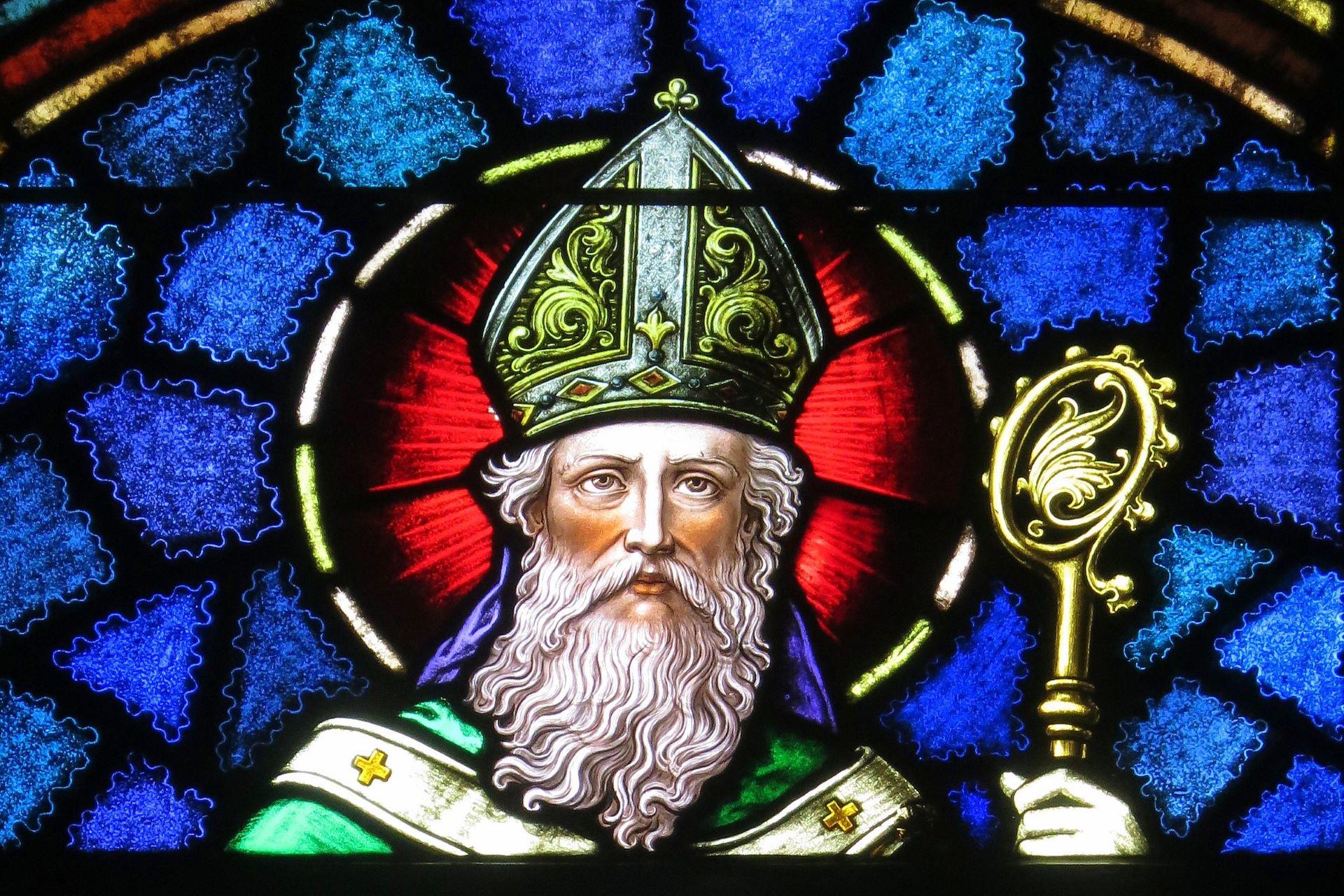
Brian Boru (c. 941 – 1014)
At the time of Brian Boru, Ireland had over 150 different kings. Of these kings was the High King of Ireland, who ruled over all of Ireland (or at least claimed that he did).
Brian Boru, born around 941 in Kincora, Killaloe, Kingdom of Munster, was one of the High Kings of Ireland.
Brian Boru, also known as Brian Bóruma mac Cennétig, was the son of the King of Thomond (in modern-day County Clare) and became King of Munster when his older brother died.
In 1002, he became the High King of Ireland and was one of the first Irish kings to effectively unite the country.
He's most famous for the Battle of Clontarf in 1014, near Dublin. Boru and his army fought against Vikings and other Irish kings, including the Norse Gaels of Dublin, the King of Leinster, and Vikings from the Orkney Islands.
Boru won the battle but died during it.
While you can visit Clontarf, it's not one of Ireland's most popular landmarks.
Grace O'Malley (c. 1530 – c. 1603)
Grace O'Malley, or Gráinne Ní Mháille, was born in Umhaill, Connacht, around 1530.
She came from a seafaring family and was exceptionally skilled in navigation and maritime warfare since her family controlled the waters off the west coast of Ireland. This meant that they were involved in trade, fishing, and piracy.
O'Malley was in charge of a fleet of ships, and when her father and first husband both died, she became the leader of her clan. She regularly defied English rule and became a symbol of Irish resistance.
She famously met with Queen Elizabeth I to demand the release of her imprisoned sons and the restoration of her lands. Some of O'Malley's life events are romanticised in Irish folklore, but this Irish woman led an astounding life.
Daniel O'Connell (1775 – 1847)
Daniel O'Connell was an Irish political leader known as "The Liberator". He was born in Carhan, County Kerry, and is best known for securing Catholic emancipation. This allowed Roman Catholics in Great Britain and Ireland more political freedoms, including allowing O'Connell to be elected to parliament.
In 1828, O'Connell stood for election in County Clare and won. However, he was ultimately ineligible to take up the position due to the restrictions on Catholics' participation in parliament. This put pressure on the British government and led to the Roman Catholic Relief Act, which allowed O'Connell to take his seat.
O'Connell also fought to repeal the Act of Union (1801), which had merged the Kingdom of Ireland and Great Britain.

Charles Stewart Parnell (1846 – 1891)
Our first Irish figure to be born after the Great Famine. Charles Stewart Parnell was born in County Wicklow and was famous for securing Home Rule for Ireland.
In 1875, he became a Member of Parliament (MP) for Meath as part of the Home Rule League, which was seeking legislative independence for Ireland. He quickly became known as one of the leading figures in the Home Rule movement.
Despite a scandal that greatly damaged Parnell's political career, his legacy as an Irish nationalist remains. He would later inspire Irish nationalists during the Easter Rising in 1916 and later Irish independence movements.

Maud Gonne (1866 – 1953)
Maud Gonne was born in England to an Irish father and an English mother. When her mother died, she travelled with her father, a British Army officer.
Seeing the suffering of Irish tenants during the Land War in the 1880s, she became a nationalist. She moved to Ireland in the 1890s, where she played an important role in the fight for Irish independence.
She was a speaker and writer who advocated for Irish nationalism and social justice. She supported the Irish Republican Brotherhood (IRB) and the Ladies' Land League.
She was also a feminist, playing a role in the suffrage movement in Ireland and supporting Irish cultural revival, a movement that aimed to promote Irish literature, language, and art.
She was also famous as the muse of the Irish poet W.B. Yeats, who proposed to her several times and inspired many of his poems and writings.
Countess Constance Markievicz (1868 – 1927)
Born Constance Georgine Gore-Booth in County Sligo, Countess Constance Markievicz was an Irish nationalist, revolutionary, suffragette, and socialist. She was the first woman elected to the British parliament. However, she didn't take her seat as a member of Sinn Féin.
Though she was from a wealthy Anglo-Irish family, seeing how well her father treated his tenants made her sympathetic to several causes.
She married Count Casimir Markievicz, a Polish nobleman and artist. She lived with him in Paris before moving to Dublin.
In Dublin, she met with artists, writers, novelists, and many famous Irish people involved in Irish nationalist politics, cultural revival, and the plight of the poor. She played a vital role in supporting social justice.
James Connolly (1868 – 1916)
James Connoly was born to Irish immigrant parents in Edinburgh, Scotland. He joined the British Army at age fourteen and served for seven years. His army experience, particularly in Ireland, significantly shaped his political views.
He joined the Socialist League and the Scottish Socialist Federation in Edinburgh and eventually moved to Ireland in 1896.
In Ireland, he founded the Irish Socialist Republican Party (ISRP). He became a prominent figure in the Irish labour movement, leading trade unions.
He helped form the Irish Citizen Army (ICA), which would ally with the Irish Volunteers during the Easter Rising.
He was executed for his role in the uprising.
Eamon de Valera (1882 – 1975)
Eamon de Valera was born to an Irish mother and a Spanish father in New York City. When his father died, de Valera was sent to Ireland to be raised by his grandmother in County Limerick.
He attended Blackrock College in Dublin and studied mathematics at the Royal University of Ireland.
He joined the Irish Volunteers nationalist militia and was a prominent leader during the 1916 Easter Rising, where he commanded the Boland's Mill garrison in Dublin.
After the Easter Rising, de Valera joined Sinn Féin. He became the party leader in 1917. After a landslide victory in 1918, de Valera became President of the Dáil Éireann (the revolutionary Irish parliament).
He was a crucial figure in the Irish War of Independence against British rule, travelling to the United States for support and funding.
During his absence, Michael Collins led the military campaign in Ireland.
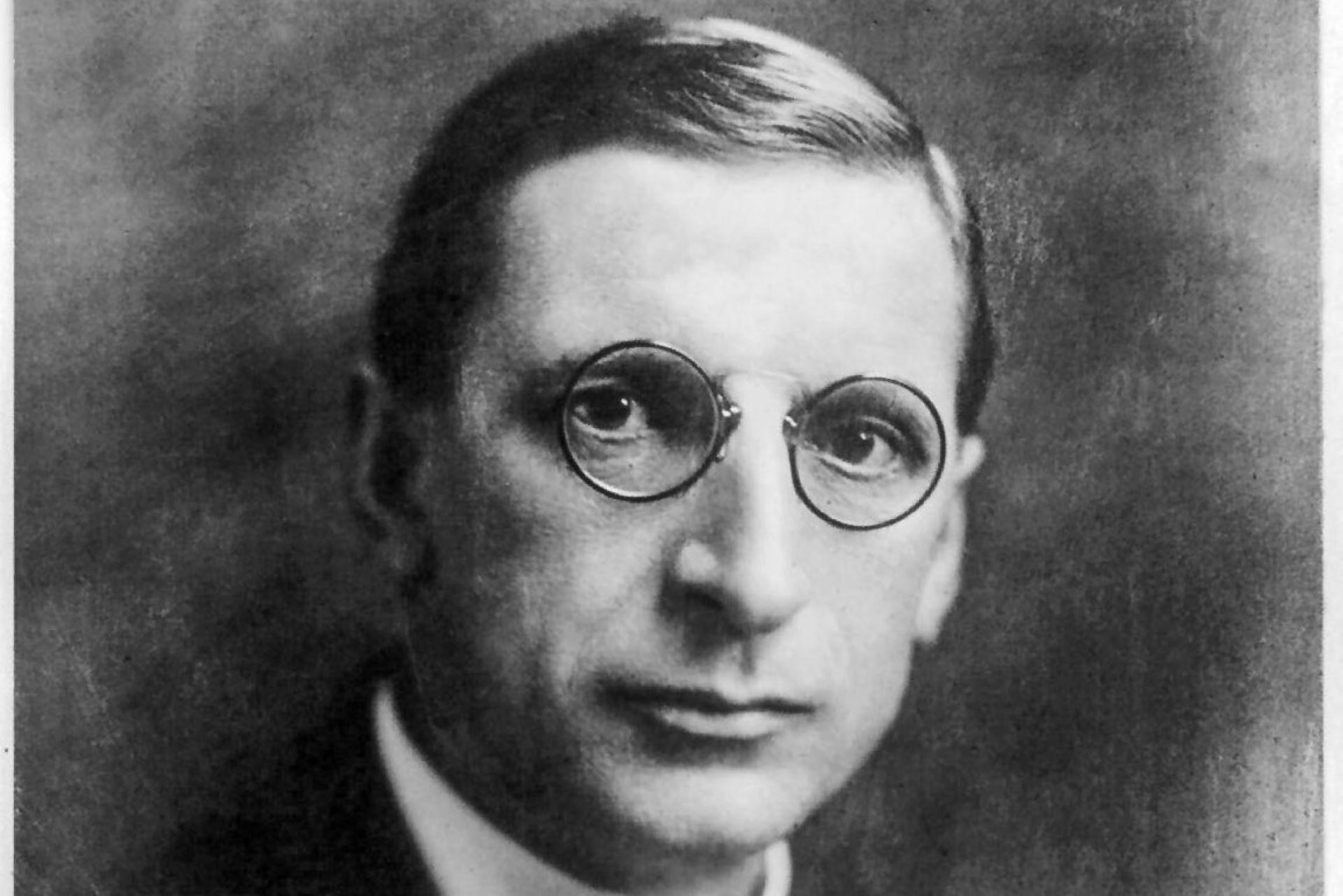
on Wikimedia Commons | Public Domain
Michael Collins (1890 – 1922)
Michael Collins was born in Clonakilty, County Cork, and is famous for being one of the key figures of the Irish independence movement in the early 20th century.
He's best known as a revolutionary leader, military strategist, and politician.
He joined the secret Irish Republican Brotherhood (IRB) while working as a clerk in London. He returned to Ireland for the week-long Easter Rising. Of the surviving rebels, Collins became one of the movement's most influential leaders.
He became the Director of Intelligence for the Irish Republican Army (IRA) and orchestrated the guerilla war against British forces. He also helped negotiate the Anglo-Irish Treaty talks in London in 1921, establishing the Irish Free State. The treaty included a controversial oath of allegiance to the British Crown.
The divisive treaty led to the Irish Civil War in 1922.

Of course, this list only includes some of the most famous Irish people ever as we were focusing on historical figures. Ireland has also produced many other famous people, including your favourite writer, poet, actor, musician, or artist.
We have a list of the most famous Irish people of all time, including actors who played James Bond, some of the world's most successful musicians, and Nobel Prize-winning poets and writers.

